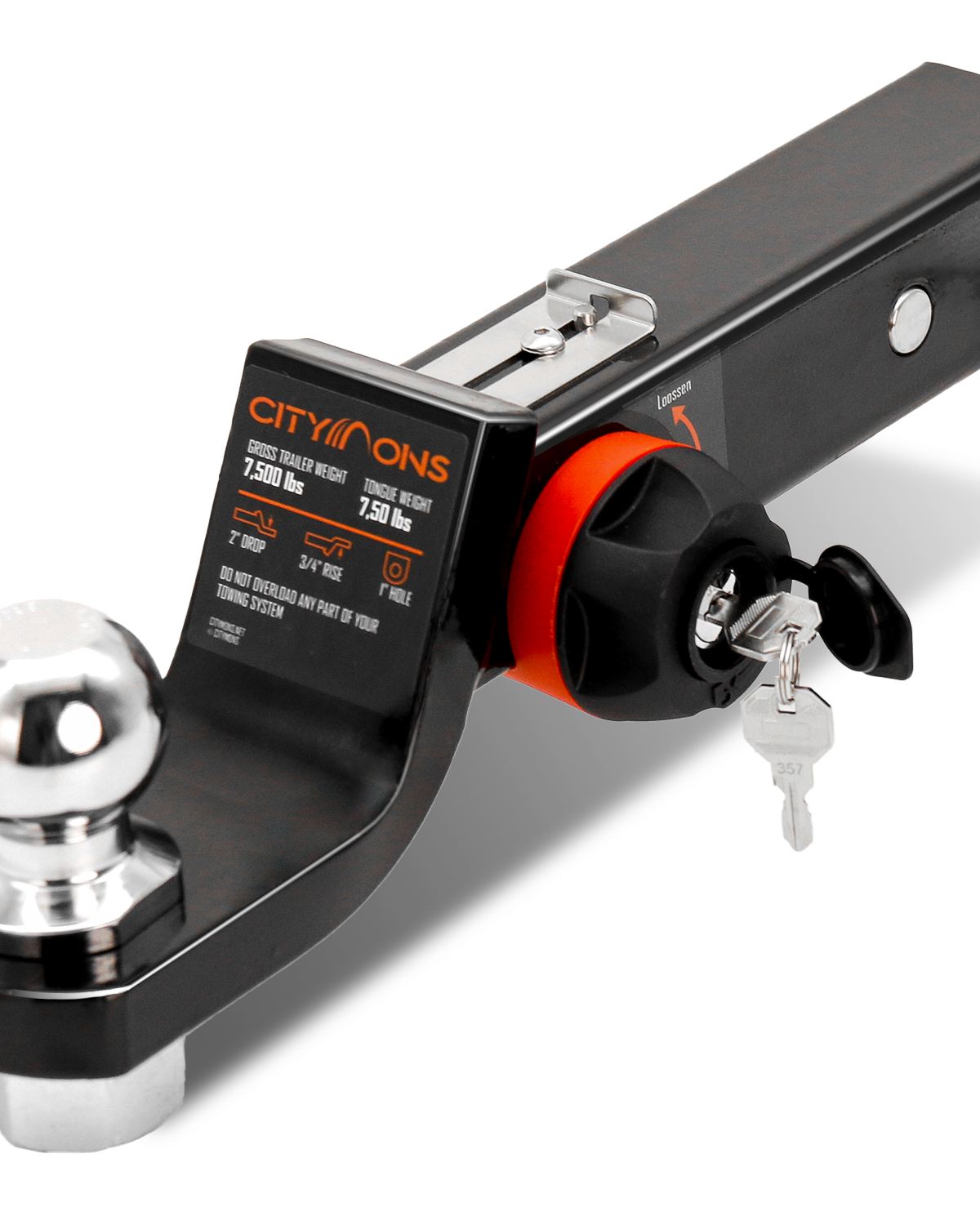When it comes to towing, stability is key to a safe and smooth journey. One of the critical factors that influence towing stability is the length of the trailer arm. Understanding how trailer arm length affects stability can help you make an informed decision and ensure that your towing setup is optimized for safety.
1. Understanding Trailer Arm Length
The trailer arm, also known as the drawbar or tow bar, is the component that connects your towing vehicle to the trailer. The length of this arm can vary depending on the design and the specific towing needs. A longer or shorter trailer arm will affect how your vehicle and trailer interact on the road, particularly in terms of handling, turning radius, and overall stability.

2. Effects of a Longer Trailer Arm
A longer trailer arm can provide certain advantages, especially in terms of stability:
-
Smoother Turning: With a longer arm, the turning radius of your trailer is larger, which can lead to smoother, more controlled turns. This can be particularly beneficial when towing larger trailers or navigating winding roads.
-
Increased Stability: A longer arm generally helps in distributing the weight more evenly between the towing vehicle and the trailer, reducing the chance of swaying or fishtailing, especially at higher speeds or in windy conditions.
However, there are some potential downsides:
-
Reduced Maneuverability: While a longer trailer arm improves stability, it can also make your vehicle and trailer combination less maneuverable, especially in tight spaces or when reversing.
-
Parking Challenges: The increased length can make parking and storage more challenging, requiring more space and careful planning.

3. Effects of a Shorter Trailer Arm
Shorter trailer arms have their own set of benefits and challenges:
-
Better Maneuverability: A shorter trailer arm allows for tighter turns and improved maneuverability, making it easier to navigate in confined spaces, such as parking lots or narrow roads.
-
Enhanced Control: When towing smaller trailers or lightweight loads, a shorter arm can provide a more direct connection between the vehicle and trailer, giving the driver better control.
However, the drawbacks include:
-
Increased Sway: Shorter trailer arms may increase the risk of trailer sway, particularly at higher speeds or in adverse weather conditions, as the weight distribution may not be as effective.
-
Tighter Turning Radius: While this can be beneficial in some situations, it can also lead to sharper, more abrupt turns, which may be less stable for larger trailers.
4. Finding the Right Balance
The ideal trailer arm length depends on your specific towing needs and the type of vehicle and trailer you are using. If stability is your primary concern, a longer trailer arm might be the better option, especially for heavy or large trailers. On the other hand, if maneuverability is more important, particularly in urban settings or when towing smaller trailers, a shorter arm may be more suitable.
It’s also worth noting that some towing setups may allow for adjustable trailer arms, giving you the flexibility to change the length based on your current needs. Consulting with a towing expert or referring to your vehicle’s manufacturer guidelines can also provide valuable insights into selecting the optimal trailer arm length.
5. Conclusion
Trailer arm length is a critical factor in towing stability. Whether you opt for a longer or shorter arm, understanding the trade-offs involved can help you make the right choice for your specific towing setup. By choosing the correct trailer arm length, you can ensure a safer, more stable, and more enjoyable towing experience.
Investing the time to select the right trailer arm length will pay off in the long run, keeping you and your cargo safe on the road.






